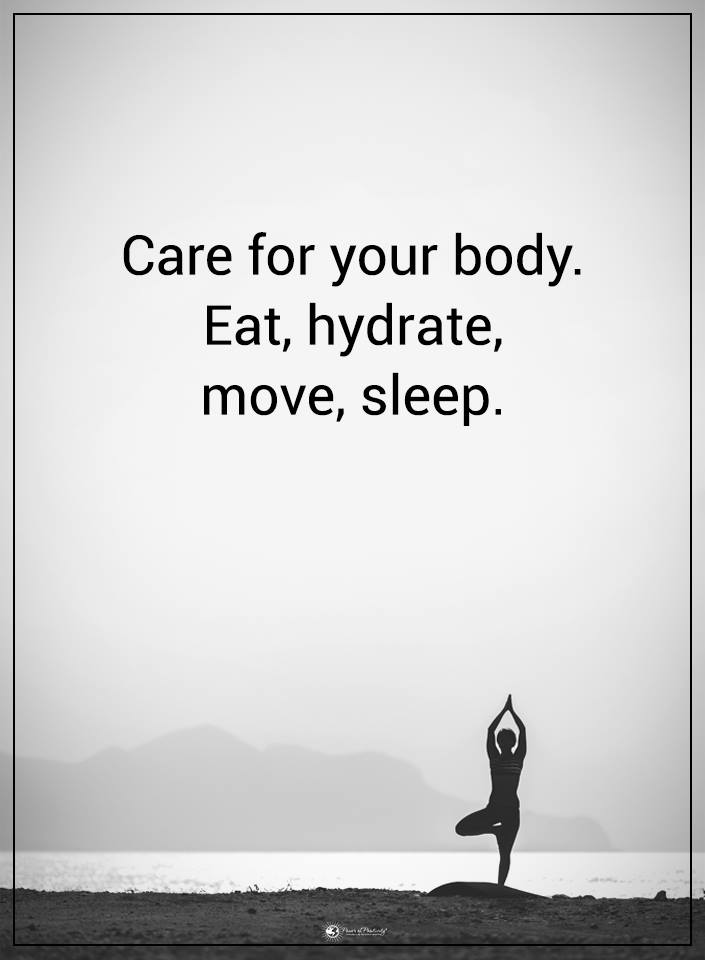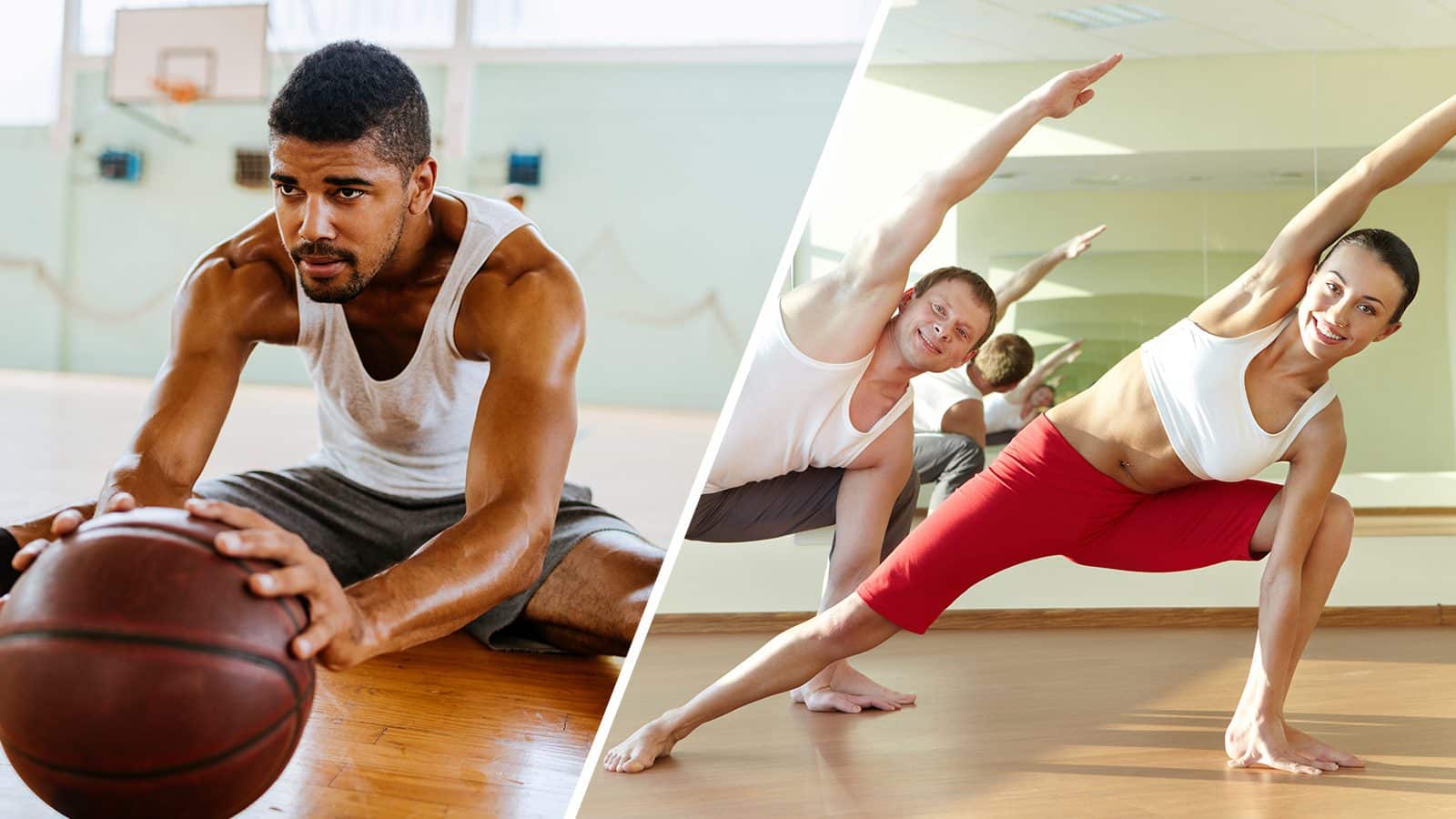Here’s how mastering dynamic stretches can support a healthy lifestyle.
In pursuing a healthier, more vibrant life, we often stumble upon various exercise routines and wellness practices. Dynamic stretching is one such gem that can significantly enhance your fitness journey while promoting natural health and overall well-being.
Unlike its static counterpart, dynamic stretching involves fluid movements that prepare your body for physical activity and offer numerous benefits that will keep you returning for more.
So let’s explore seven compelling reasons why you should consider incorporating dynamic stretching into your fitness routine, along with easy-to-follow tips to get you started.
What Is Dynamic Stretching?
Dynamic stretching is a form of exercise that involves active movements through a controlled range of motion to stretch and warm up the muscles and joints. Unlike static stretching, when you hold a stretch in a fixed position, dynamic stretching involves continuous and rhythmic movements that mimic the motions of the activity or exercise you’re about to perform.
These movements primarily aim to prepare the body for physical activity, such as sports, workouts, or any other form of exercise. It helps encourage blood flow to the muscles, activates the nervous system, and raises the heart rate, warming the body and improving overall performance.
Dynamic stretches typically engage multiple muscle groups simultaneously and promote functional flexibility, which is essential for movements involved in various physical activities. Incorporating dynamic stretches into your pre-workout routine can enhance flexibility, range of motion, coordination, and muscle activation while reducing the risk of injuries.
It’s essential to choose movements that are relevant to the specific activity you plan to engage in. For example, if you’re preparing for a run, you might perform dynamic leg swings and hip rotations to target the lower body muscles and joints involved in running. The key to success is to perform the movements with control. You may gradually increase the intensity based on your fitness level and the demands of your upcoming activity.

Precautions While Performing Dynamic Stretching Movements
- Controlled Movements: Dynamic stretching requires controlled and deliberate movements to be effective and safe. Avoid rushing through the stretches or using jerky motions that could lead to injury. Perform each movement with precision and maintain proper form throughout.
- Gradual Progression: If you’re new to exercise, start with less intense movements and gradually increase the intensity over time. Pushing yourself too hard too soon can strain muscles and lead to discomfort or injury. Listen to your body and progress at a comfortable and manageable pace.
- Avoid Extreme Stretches: These movements should not push your body into extreme positions like advanced static stretches or yoga poses. The purpose is to gently warm the muscles and joints, not force them into uncomfortable or risky positions. Respect your body’s limits and avoid overstretching during dynamic stretches.
- Never start an exercise routine without a physician assessing your current fitness status and capabilities.
7 Reasons Why You Need Dynamic Stretching in Your Life
Here are some compelling reasons why you should include dynamic stretches before you work out – or as a mini-workout all on its own.
1. Enhances Flexibility and Range of Motion:
These moves involve moving your muscles and joints through a controlled, continuous range of motion. Studies reveal how these moves can enhance flexibility and loosen tight muscles, allowing you to move more freely. As you gradually increase your range of motion, you’ll notice a remarkable improvement in your overall flexibility, helping you efficiently perform everyday activities and reducing the risk of injuries during workouts.
2. Boosts Blood Circulation:
According to several studies, the fluid movements of dynamic stretching help stimulate blood flow to the muscles and joints. Improved circulation ensures your muscles receive adequate oxygen and nutrients, enabling faster recovery and reducing post-exercise soreness. Additionally, the increased blood flow aids in flushing out toxins from the body, leaving you feeling revitalized and energized. To further boost your energy levels, consider incorporating a Supplement for energy into your routine.
3. Preps Your Body for Exercise:
Dynamic stretching is a powerful warm-up tool before engaging in any physical activity. Gently engaging and activating various muscle groups signals your body that it’s time to get moving. That prepares your heart rate, body temperature, and breathing patterns for the workout ahead, reducing the risk of injuries and enhancing overall performance.
4. Improves Coordination and Balance:
The continuous, rhythmic movements involved in dynamic stretching challenge your body. As you practice these movements regularly, you’ll notice a significant improvement in proprioception—the ability to sense your body’s position in space. Enhanced coordination and balance optimize your workout routine and translate into better stability in daily life activities.

5. Time-Efficient Exercise:
For those leading busy lives, dynamic stretching offers an efficient way to integrate exercise into your daily routine. Unlike lengthy static stretching routines, dynamic stretches can be completed in minutes while delivering powerful results. You can easily sneak in these stretches to invigorate your body and mind, whether you have a few minutes before work or during a lunch break.
6. Supports Mental Well-being:
The mind-body connection is undeniable, and dynamic stretching emphasizes this connection. As you engage in rhythmic movements and focus on your breath, you can experience a sense of mindfulness and stress relief. That can positively impact your mental well-being, helping you stay centered and present.
7. Versatility and Fun:
Dynamic stretching offers many movements, making it a versatile and enjoyable addition to your fitness routine. From leg swings and arm circles to walking lunges and hip rotations, the variety keeps your workouts fresh and exciting. You can tailor dynamic stretching to suit your fitness level and target specific muscle groups, ensuring a personalized experience every time.
How to Start with Dynamic Stretching:
- Begin Gradually: Start with gentle movements. Remember, you may increase the intensity as your body becomes more accustomed to the practice.
- Focus on Form: Pay attention to proper form and technique to maximize the benefits and reduce the risk of injury. Perform each movement with control and avoid overextending.
- Incorporate into Warm-ups: Use these moves before your regular exercise routine. It will help you reap the full benefits and optimize your performance.
- Listen to Your Body: Be mindful of your body’s responses during dynamic stretches. If you experience pain or discomfort, modify the movements or consult a fitness professional.
Five Dynamic Stretching Moves to Try
Here are some moves you probably already know – see, it’s easier than you thought!
1. Leg Swings:
Leg swings target the hip and leg muscles, including the hip flexors, quadriceps, hamstrings, and calves. The dynamic movement of leg swings helps increase blood flow to these muscles, improving their flexibility and range of motion. The swinging action activates the muscles’ proprioceptors, enhancing balance and coordination.
How to Perform Leg Swings:
- Stand next to a wall or sturdy support for balance.
- Swing one leg forward and backward in a controlled manner.
- Perform 10-15 swings on each leg.
2. Arm Circles:
Arm circles engage the shoulder and upper body muscles, such as the deltoids, triceps, and chest muscles. The circular motion helps warm up and loosen the shoulder joints while promoting increased blood circulation to the upper extremities. This exercise enhances shoulder mobility and flexibility.
How to Perform Arm Circles:
- Stand with feet shoulder-width apart. (Note: You may modify that for seated workouts if unable to stand)
- Extend your arms out to each side at shoulder height.
- Begin making small circles with your arms, gradually increasing the size of the circles.
- Make 10-15 circles in both clockwise and counterclockwise directions.
3. Walking Lunges:
Walking lunges target the lower body, focusing on the quadriceps, hamstrings, glutes, and hip flexors. The dynamic movement involves stretching these muscles as you lunge forward, promoting greater flexibility and strength. Walking lunges also activate the core muscles, improving balance and stability.
How to Perform Walking Lunges:
- Stand tall with your feet hip-width apart.
- Step forward with your right leg, lowering your body into a lunge position.
- Push with your right foot, bringing your left foot forward into the next lunge.
- Continue walking forward, alternating legs, for 10-15 lunges on each side.
4. Hip Rotations:
Hip rotations target the hip joints and surrounding muscles, including the glutes and hip flexors. This exercise helps improve hip mobility and flexibility, reducing the risk of hip-related injuries. The circular motion engages the hip joint’s synovial fluid, lubricating it and promoting smoother movement.
How to Perform Hip Rotations:
- Stand with feet shoulder-width apart. If you struggle with balance, you may place your hand on a sturdy wall or chair for support.
- Place your hands on your hips.
- Rotate your hips in a circular motion, clockwise and counterclockwise.
- Do 10-15 rotations in each direction.
5. High Knees:
High knees are an excellent dynamic exercise that engages the lower body, including the quadriceps, hamstrings, and hip flexors. Lifting the knees towards the chest rapidly activates these muscles, increasing blood flow and promoting flexibility. High knees also serve as an effective cardiovascular warm-up.
How to Perform High Knees:
- Stand tall with feet hip-width apart.
- Start jogging in place, lifting your knees as high as possible towards your chest.
- Pump your arms in sync with your knees’ movement for balance.
- Perform high knees for 30-60 seconds. Go slow at first; you can add more time or speed up your pace as you become fitter.
Final Thoughts on Making Dynamic Stretching Part of Your Exercise Regime
Dynamic stretching offers a treasure trove of benefits, enhancing flexibility, blood circulation, coordination, and overall well-being. Incorporating these fluid movements into your fitness routine can prepare your body for exercise, experience the joy of movement, and embrace a more natural approach to health and wellness.
Remember, the key to success is starting gradually, being mindful of your body, and enjoying nurturing your body and mind through gentle and consistent movement.
So why wait? Embrace the power of dynamic stretching and elevate your fitness journey to new heights!


















